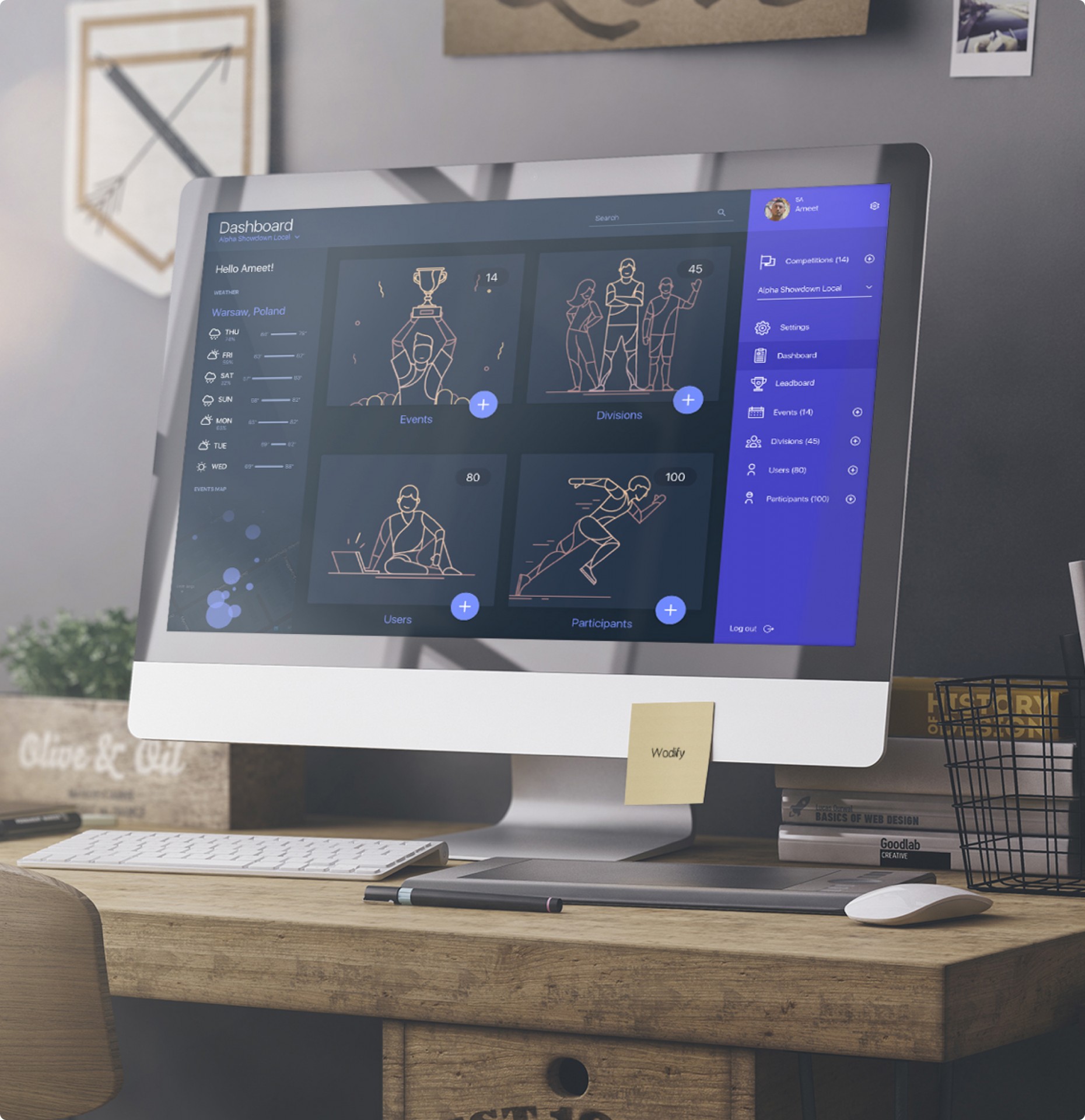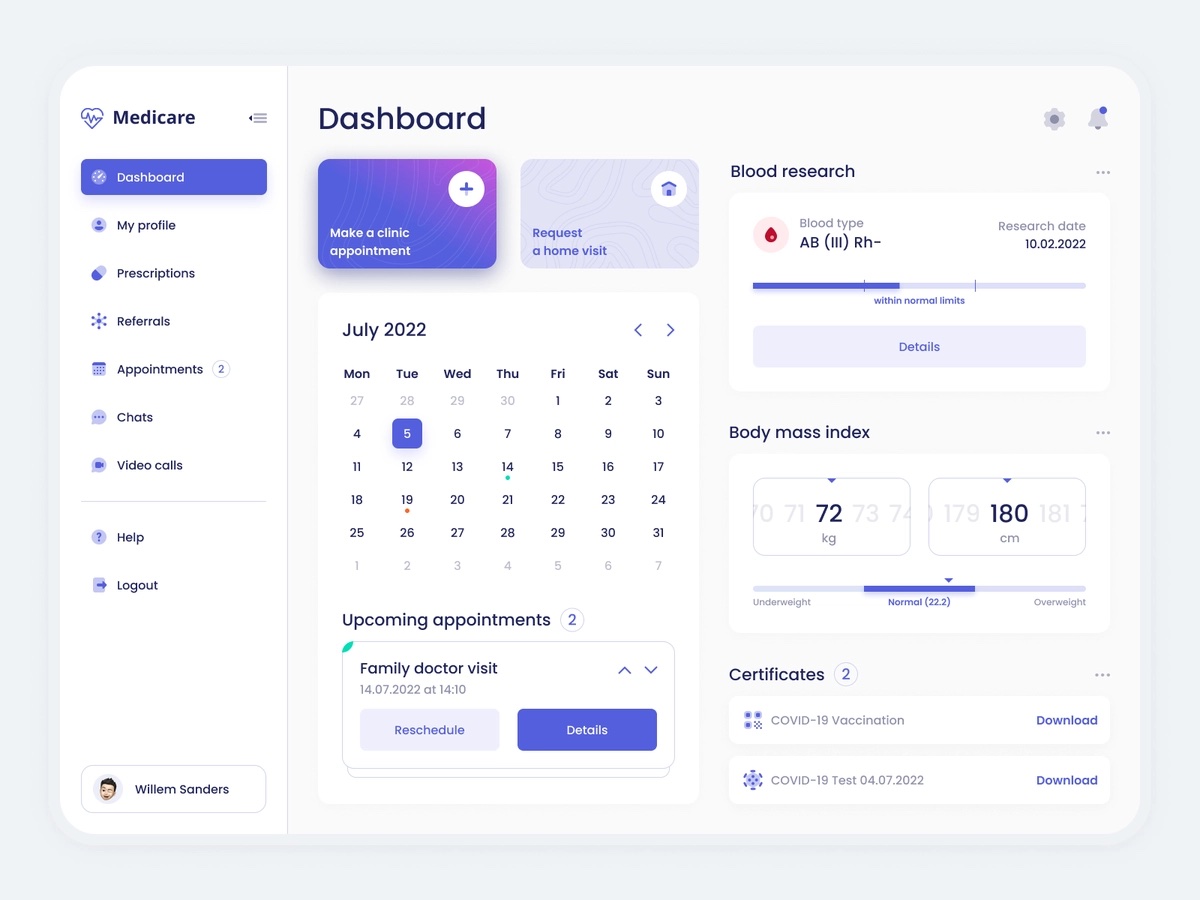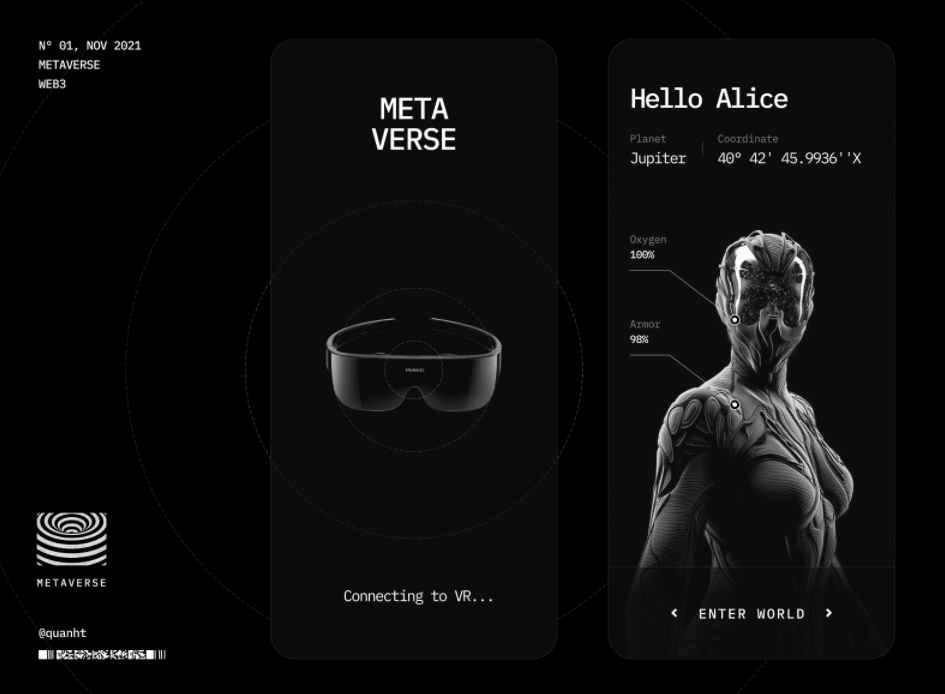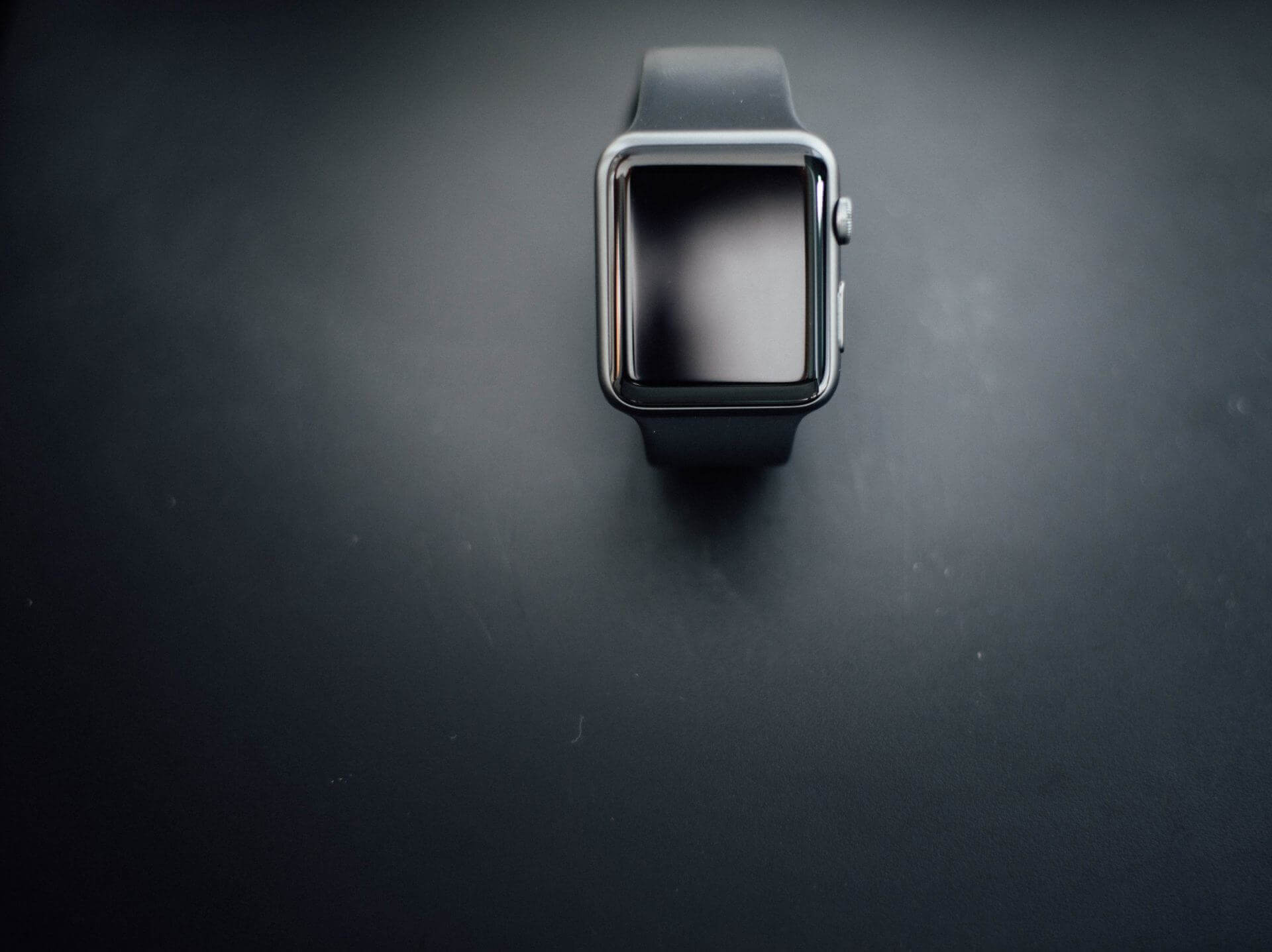The design world is dynamic. Trends and technologies are changing every month, just like strategies and tactics. However, design has some core principles that predetermine the development of the industry and create a foundation for the changes. In this article, we will reveal 10 product design basics that will help you create a beautiful yet effective product.
Impressive 94% of Internet users confess that their first impression of the business is based on the website design. It seems that a website with poor design is destined to win the whole business strategy. Indeed, it can become the reason for the biggest failure ever. However, it’s always possible to prevent a catastrophe by following some rules and principles.
Latif Nanji, co-founder & CEO of Roadmunk, says ‘ design should always be a priority for product managers.’
Focus users’ attention on important things
Just imagine: for 92.6% of consumers, color dimension is the major factor that affects their purchase. Therefore, we can use design to indicate to users all their actions: what to think, what to do, what to buy or order. In fact, this approach to design was created and described by Steve Krug in his book, Don’t Make Me Think. The name of the book speaks for itself – users do not like when they need to think. They prefer to perform indicated, and in some cases, even programmed actions.
As a business owner or product manager, you know exactly what a user needs to do on your website: buy some goods, order services, or call you to know more information. At this point, that doesn’t even matter. But the thing that matters is that you need to make this action clear and show customers that they need to do that. For sure, product design rules help simplify all the processes and establish a clear understanding for everyone in the company on how we make our customers happy with the design. When the users are not focused, when they’re just browsing a website, they are most likely to abandon it and never come back.
We put the main idea of this approach into key statements:
- usability is obligatory
- there should be no frustration in using a product
- every purpose must be obvious
- no more time-wasting
- users have certain behavior patterns – use them!
The less complicated the process is, the more your customers will love it.
Don’t overload users with information
One of the key principles of good product design is the minimization of cognitive load. Cognitive load has become one of the biggest issues we all are dealing with. For the past few years, the quantity of information we receive is higher than we can process. An average American’s screen time is 5.4 hours per day, and willingly or unwillingly, they keep receiving information while browsing social media.
When we’re talking about design, we need to remember that there’s too much information in the world. Product design best practices insist: users do not want to read some new detailed explanations or even pass some onboarding processes. Users just want to relax and get everything quickly and easily. How can you minimize cognitive load basically for any design? It can be easier than providing users with various guidelines and explainer videos or texts.
First, always remember your focus. Drive the attention of the customers to it. Make it clear and simple. If you want them to order services, there is no need to create a multistep onboarding (unless the process of ordering is complex). Just ask them to do that.
Secondly, mind the buttons. Not all of them have the same importance. Moreover, you can use a button as a tool to attract the attention of the user.
Thirdly, use the power of structure. When your website or app is well-structured, you don’t even need to put extra efforts to explain to your users some actions or what actions you expect from them. The user understands everything during his customer journey.
Follow three-click approach
We have already discussed required actions and their importance, but here’s one more principle of product design you need to bear in mind. How much time, how many steps does it take to perform the main action? If you visit any of the websites you really like, you will notice that it is enough for you to make several clicks to perform the expected action. The golden rule for this path is making three clicks.
Of course, for many businesses, companies, and situations, three clicks are not enough to conduct users through the whole journey. Still, the intention to simplify it will benefit the final results.
Allow users to fix mistakes
Do you want to have a second chance for everything you do in your life? Or at least, for filling some forms on the websites. Especially when they are long enough, and you’ve already spent 10 minutes putting in all the information, but the mistake happened!
Irreversible design can ruin the whole experience of your users. If users make mistakes, there should always be a way back. Don’t hesitate to add any kinds of Undo buttons to the website to improve user experience and demonstrate that you care about your users.
And on the contrary, reversible design, as one of the digital product design basics, can help you with anything you do and simplify the processes. If you develop an app, add some buttons that will help users save, delete, edit information in a single click. They will be grateful! If you want to introduce a reversible approach design to your system, ask your support center whether your clients have any problems with way-backs. Perhaps, you need to add some new functions.
Support buttons with context
A good design is closely related to good UX writing. Have you ever been in a situation where the website or app asks you a question, and you have no idea what to answer just because you do not understand what ‘Yes’ and ‘No’ means? Dialogue boxes are a pain for the customers. The answers are too vague to be sure that you select an option that satisfies you. We have already talked about cognitive load, and this case is an example of the worst cognitive load for users.
The solution for this problem is easy as ABC: add context to the verbs. Explain to your users what their answers mean. For example, instead of the actions ‘Yes/No’ to the questions ‘Do you want to delete this message?’ you may use ‘Yes, I want to delete. /No, I don’t want to delete.’
Don’t distract users
The distraction-free approach is now growing big. When you do something, you need to be concentrated on your actions, not on the actions you’re planning to do in a week. If you are writing a post, you don’t need the whole choice of writing tools – you just need a couple of them. However, many platforms tend to provide users with the whole bulk of tools here and now.
Let’s imagine the situation: we’re writing a post. We need a blank space and symbols that appear on the screen at this stage, that’s all. However, an app knows that this post will be added to Instagram. Therefore, it immediately shows all Instagram options, like advertising or image editing. With these features, the workspace of the screen will be overloaded.
The design of a modern app or website should never be messy. If your users may need (or may not!) some actions, add them to the toolbar, menu, or add hotkeys. The functionally will remain the same, but the user will get enough white space for the work.
Use MSP instead of MVP
The approach to creating designs will differ depending on the approach you choose for the product: MVP, which stands for Minimum Viable Product, and MSP, meaning minimum saleable product).
The difference between these two is that MVP is based on the classic pyramid of design:
- the design must be functional (the most important thing, the foundation of the pyramid)
- it must be reliable (not the most important thing, but still we pay attention to this)
- it must be usable (this is only the third point, according to the MVP approach!)
- and it must be emotional (the last and the least)
If we create designs following this approach, the website does not cover the customers’ real needs, although it will cover the needs of the product manager. However, if we slightly change the approach and accept that in design, all these aspects are equally important, we will finally start to create products that people will love.
Think systems
Design is more than just a couple of great images or even a user interface. It’s far more than pixels and colors. Design is a huge system that has a point where it starts, different ways to grow and develop, and its end. When we’re talking about good design in 2021, we remember that any product designer (and product manager) needs to have a holistic view of things. They need to see the big picture, bigger than a website or application.
How do users get to the website? How long does it take to find it? What happens when a user clicks a certain button? Is there any magic behind it? How exactly is the money transferred when a user clicks the ‘Confirm payment’ button? The design cannot exist outside the system, as it won’t perform any of the functions. It’s a part of the whole idea.
Be memorable and concise
There are more than 1.8 billion websites over the Internet, and their number is growing all the time. At this point, we need to be honest with each other – we all are competitors over the Internet. And we need to make everything possible to attract the attention of users and random visitors. But how to do that? Be memorable.
Unfortunately for users and fortunately for you, the quality of the predominant part of the websites is too low. Therefore, you have more chances to impress your clients. But at the same time, there are many great websites with perfect design systems, effective interfaces, and fantastic UX. If you’re not one of them, you’re out of competition.
Therefore, your main task is to find a way to be better than others. Asana, a leading task-tracking service company, insists that good designs must be:
- clear to increase the confidence of the users
- consistent and innovative to remain familiar, but add some modern touch
Stay aware of the market dynamics
Design principles are standard for every single business. However, their number is continuously growing, and it happens even more frequently than we can imagine. But once you fall out of the ongoing process of checking what’s happening on the market, you lose the whole game.
Find inspiration from the cases of the world-known companies or analyze your competitors to find something that will reveal to you the truth of modern design. It’s up to you what approach to choose, but it must bring the results.
The best examples of Product Design Principles
Asana, Firefox, Medium, Pinterest, Windows, and many others have already accepted that product design principles are their key to success. We’re sure you’ll be among them! Of course, design principles for different companies are different, and it’s important to remember that perhaps Asana principles won’t be the best decision for you. Moreover, it’s always better to develop the principles that work perfectly for your own company.
Asana Product Design Principles
Asana product design principles are based on being more intentional with the design decisions.
According to the official sources, ‘Design Principles should help the product team remain focused on a consistent vision of what makes our product experience unique. They should be specific enough to differentiate us from other products, reflect our values, and help us make decisions, but broad enough to apply universally to our product.’
- Help users focus on the work they do. Do not interfere, do not distract them
- Be clear, and raise the confidence of your users.
- The design must help to improve the productivity of users.
- Interactions must be fast and intentional.
- Everyone must feel that they know how to use the product. At any level.
Firefox Product Design Principles
Firefox has developed the whole system for the Design Principles: it covers various aspects, including but not limited to:
- The design must take care of the user
- It should make sense on the web
- It has a balance between power and simplicity
- It must be crafted in the perfect way
- It has no surprises
- It is global
Medium Product Design Principles
Medium has also developed design principles. They all are based on making the life of users easier and enhance the user experience.
- Direction should be over Choice
- Appropriate should be over Consistent
- Evolving should be over Finalized
Pinterest Product Design Principles
In the foundation of Pinterest Design Principles lies the approach of making users satisfied. Therefore, Pinterest is intuitive, powerful, colorful, and responsive. It’s unexpected; it’s built for you to explore the world.
- Lucid
- Animated
- Unbreakable
Windows Product Design Principles
Windows have developed 8 basic Design Principles that outline their work.
- The design must reduce concepts to improve the confidence of the user
- Everything matters. Good things are important. Bad things are also important.
- The design must look great. And it must perform great as well.
- It should solve the distractions
- User research helps to prevent questions
- The design must be personalized
- User experience must be considered at all stages
- Time is important for everyone
Take Away: Make Product Design a Priority
Design is a complex system that is essential for business growth. It’s important to determine your principles, and of course, following best practices is always a good idea. No matter what trends are blowing the market today, you will always be up to date for your clients.
We understand that developing design principles requires time, effort, and resources. You need to analyze the market, define what’s important for your business, and find ways how to implement this in your business design strategy. Be sure: we at Fireart Studio know how to help you. Anytime you need help, we’re here to help you! We take the design under our control and help businesses grow.





















